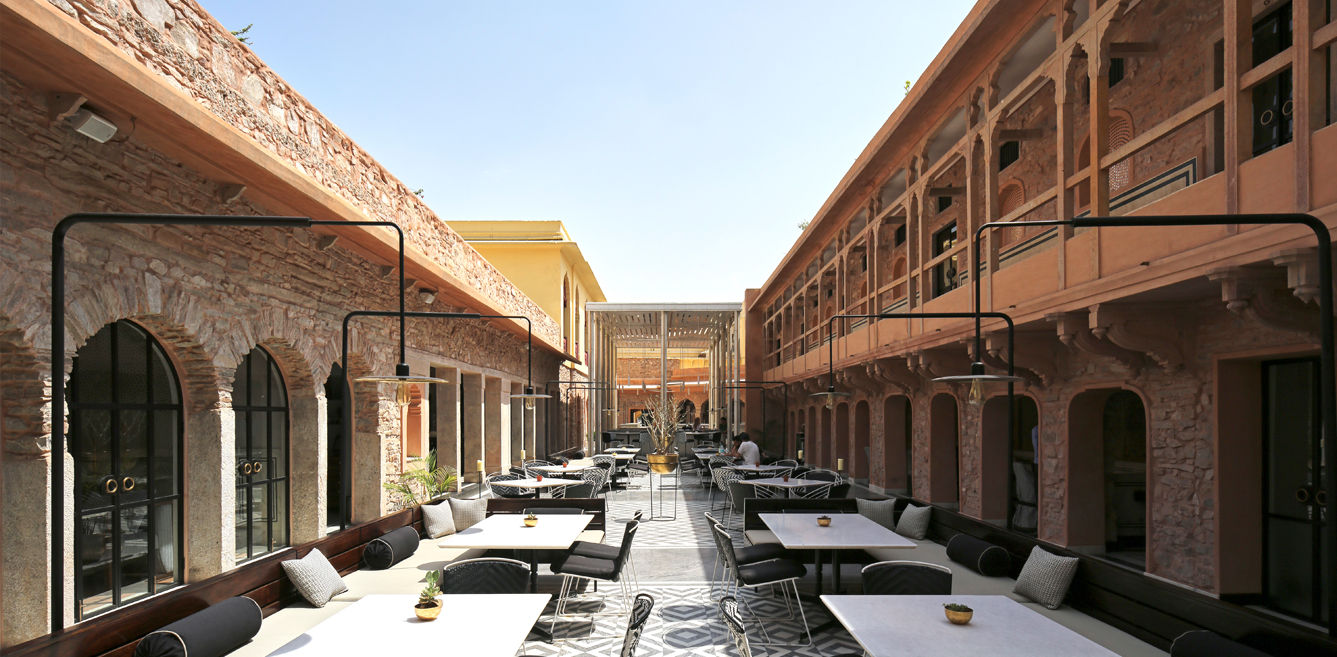

WE live in a world of incessant growth, with 55% of the world’s population living in urban areas, a number expected to increase to 68% by 2050. In that time, India will add 416 million urban dwellers to its already burgeoning population. By the end of 2028, Delhi is predicted to become the most populous city in the world.
The future of the world is urban, but is it sustainable? The current unprecedented population boom places immense pressure on a city’s existing infrastructural systems and resources, thereby increasing carbon emissions and adversely impacting the climate. Buildings, in fact, account for nearly a third of this global energy consumption, with acts of construction and resource extraction paving the way for new development adding to this burden.
The United Nations’ Intergovernmental Panel on Climate Change (IPCC) in a 2018 report demanded considerable changes in land, energy, industry, buildings and transportation-use to limit global temperature increase to 2 degrees Celsius. It mandated that building- related CO2 emissions drop by 85% from 2018 levels by 2060, requiring all new and existing buildings to be net zero carbon by 2050. The building industry needs concerted urgent action. It’s imperative to consider sustainable growth as more than just an idea.
To read more grab A+D’s copies now!
For World Heritage Day, we speak with acclaimed conservation architect Abha Narain Lambah, whose work…
For conservation architect Vikas Dilawari, the path to heritage was not paved with grand ambitions…
World Heritage Day is less about nostalgia and more about relevance. It’s a reminder that…
Just a few months ago, fashion's darling was emerald green. You would have seen it…
The art world is having a moment. From the packed gallery weekends in Mumbai to…
“Hair is everything. We wish it wasn’t, so we could actually think about something else…